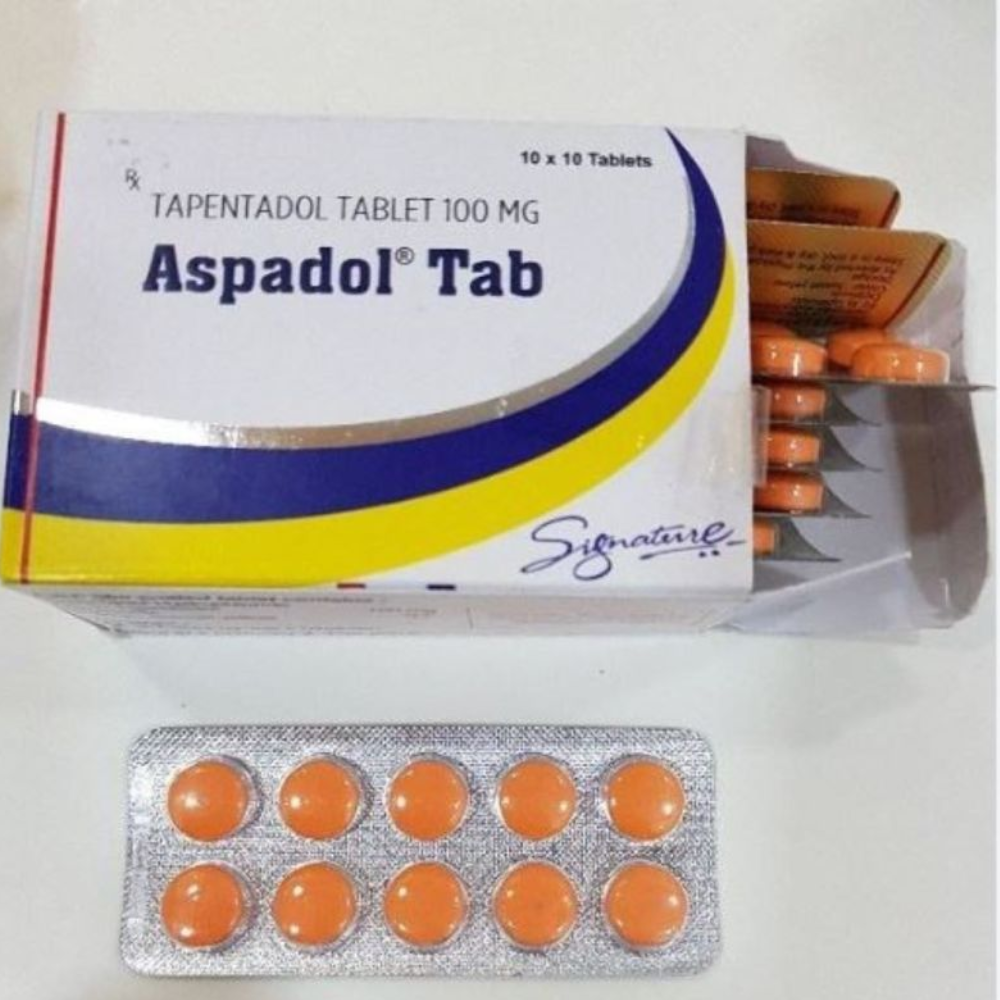Controlled Substance Classification
In many parts of the world, including the United States, Canada, and India, Tapentadol (Aspadol) is classified as a Schedule II or Schedule H1 drug:
Schedule II (U.S. DEA Classification): Tapentadol is recognized as having a high potential for abuse, which may lead to severe psychological or physical dependence. However, it has legitimate medical use.
Schedule H1 (India): Requires prescription by a registered medical practitioner and special labeling to caution against misuse.
This classification means that its production, distribution, prescription, and dispensing are strictly regulated under national narcotics or pharmaceutical control laws.
Prescription Guidelines
1. Indications for Use
Aspadol is indicated for:
Acute pain (postoperative, injury-related)
Chronic musculoskeletal pain (e.g., osteoarthritis, back pain)
Neuropathic pain (e.g., diabetic neuropathy)
It is typically prescribed only when non-opioid medications are ineffective or inappropriate.
2. Prescribing Authority
Only licensed and registered medical practitioners are authorized to prescribe Aspadol. Physicians must evaluate the patient’s pain level, medical history, and risk for opioid abuse before initiating treatment.
3. Dosage and Duration
Initial Dose (Immediate-Release): Usually starts at 50 to 100 mg every 4 to 6 hours, with a maximum daily dose not exceeding 600 mg for acute pain.
Titration: Doses should be adjusted gradually based on the patient’s response and tolerability.
Duration: Aspadol is generally prescribed for short-term use. Long-term treatment is reserved for chronic pain patients under close supervision.
4. Monitoring and Follow-Up
Regular follow-up appointments are required to:
Monitor effectiveness and side effects
Check for signs of dependence or misuse
Adjust dosage as needed
Consider tapering if pain improves
Patients may be required to sign a pain management agreement and undergo urine drug screening in some clinical settings.
5. Prescription Limits
In many jurisdictions:
Refills are not allowed for Schedule II medications. A new prescription must be issued each time.
Electronic prescriptions with secure authentication may be mandatory.
Pharmacists must record and verify each dispensing.
Regulatory Safeguards
To prevent misuse, many countries enforce prescription tracking programs (Prescription Drug Monitoring Programs – PDMPs) that allow physicians and pharmacists to:
- Track patient prescriptions in real-time
- Detect doctor-shopping or overlapping prescriptions
- Prevent overprescribing
Pharmaceutical companies are also required to maintain strict manufacturing records and supply-chain transparency for controlled substances like Tapentadol.
Storage and Disposal
Aspadol should be stored securely, out of reach of children and individuals at risk of substance abuse. Unused or expired medication should be disposed of properly, typically through authorized medication take-back programs to prevent diversion or environmental harm.

Legal and Ethical Considerations
Physicians must balance the ethical duty to relieve pain with the responsibility to prevent drug misuse. Inappropriate prescribing of opioids, including Tapentadol, can lead to professional penalties, loss of license, or legal prosecution. Patients must also use the medication as directed and never share it with others.
Conclusion
The prescription and regulation of Aspadol (Tapentadol) are tightly controlled due to its effectiveness and potential for abuse. Healthcare providers must adhere to legal guidelines, monitor patients closely, and use a responsible, evidence-based approach to pain management. With proper safeguards in place, Aspadol can be a powerful tool in the treatment of pain, while minimizing public health risks.
Our Products
-
Lisinopril 10MG
$0.80 / Per Pill
-
Testosterone Gel 1%
$4.00 / Per Sachet
-
Metformin 500MG
$0.80 / Per Pill





